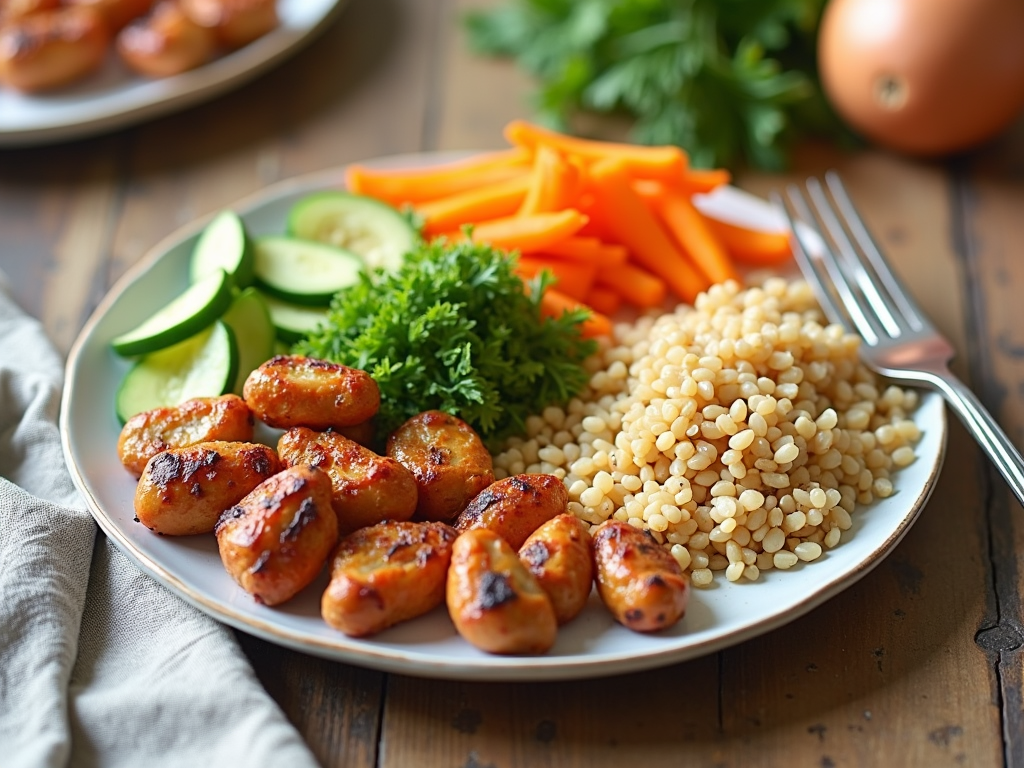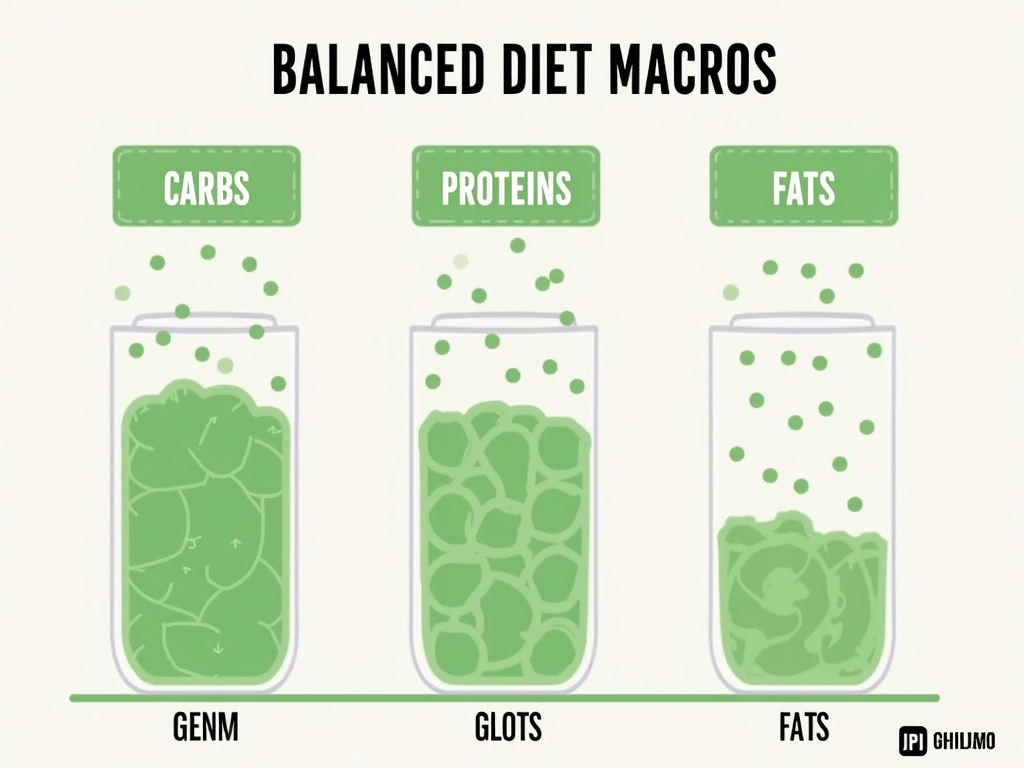Creating a balanced diet for weight loss is crucial for achieving your health goals. A balanced diet involves consuming the right proportions of nutrients while maintaining a calorie deficit. This means you need to eat fewer calories than you burn, but still receive all the vitamins, minerals, and macronutrients your body needs to function optimally.
Understanding Macronutrients and Micronutrients
Macronutrients include proteins, carbohydrates, and fats, while micronutrients consist of vitamins and minerals.
- Proteins: Essential for building and repairing tissues, they also help you feel full.
- Carbohydrates: They are your body's main source of energy, but not all carbs are created equal. Focus on whole grains, fruits, and vegetables.
- Fats: Healthy fats, such as those found in avocados and nuts, are necessary for hormone production and overall health.
Micronutrients, like vitamins A, C, D, and minerals such as calcium and iron, are vital for various bodily functions, from immune support to bone health.
Calculating Your Daily Caloric Needs
To create a calorie deficit safely, start by calculating your daily calorie needs. You can use an online calculator or consult with a nutritionist. Generally, a deficit of 500-1000 calories per day can lead to a safe weight loss of about 1-2 pounds per week.
Portion Control
Portion control is essential for weight loss. Consider using smaller plates, measuring serving sizes, and being mindful of your eating speed. This will help you prevent overeating and stay within your calorie goals.
Meal Planning
Meal planning is a great way to stay on track. Consider preparing meals ahead of time and focusing on balanced plates that include a protein source, carbohydrates, and healthy fats. One example could be grilled chicken, quinoa, and steamed broccoli.
Importance of Hydration
Staying hydrated is crucial for maintaining energy levels and managing hunger. Aim for at least 8 glasses of water per day, and consider incorporating herbal teas or infused water for variety.
Common Mistakes to Avoid
Many people make mistakes when trying to lose weight. Here are a few: - Skipping meals, which can lead to overeating later. - Choosing fat-free or diet foods that may be higher in sugars. - Relying on processed snacks instead of whole foods.
Sample Meal Plan
Here’s a simple sample meal plan for a day: - Breakfast: Greek yogurt with berries and a sprinkle of granola. - Lunch: Quinoa salad with mixed vegetables and chickpeas. - Snack: Sliced apple with almond butter. - Dinner: Baked salmon, brown rice, and asparagus.
The Role of Exercise
While dieting is essential for weight loss, incorporating exercise helps preserve muscle mass and enhance your metabolism. Aim for a mix of aerobic and strength training at least three times a week.
Staying Motivated
Motivation can dwindle over time. Here are some tips to keep you engaged: - Set small, achievable goals that lead to greater ones. - Track your progress to celebrate milestones. - Don’t be too hard on yourself; it's okay to indulge occasionally.
Conclusion
Creating a balanced diet for weight loss doesn’t have to be overwhelming. Focus on whole foods, mindful eating, and regular exercise. Stay patient and consistent, and you will achieve your weight loss goals.





Discuss Here